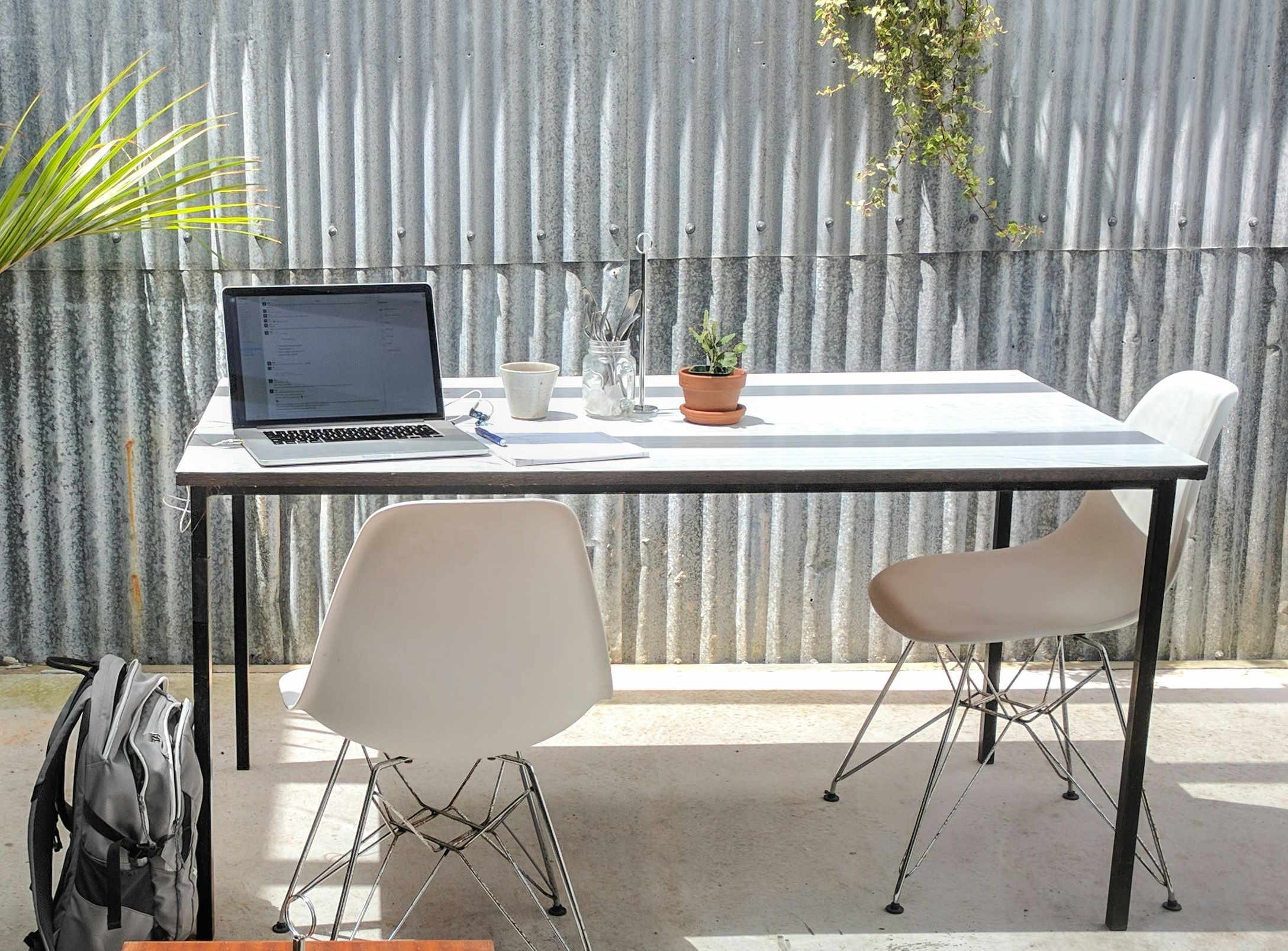Reimagining Spaces: The Rise of Multi-Functional Design in Homes
Introduction: In today’s fast-paced and evolving world, homeowners are constantly seeking ways to optimize their living spaces. Multi-functional design has emerged as a popular trend, offering both aesthetic appeal and practical solutions to the demands of modern living. This approach to home design transforms standard rooms into versatile spaces that can serve multiple purposes, enhancing efficiency and comfort.

A Brief History of Multi-Functional Design
The concept of multi-functional design has its roots in the efficient use of space in small urban apartments and the minimalist movement. However, it has gained traction in recent years due to increased urbanization and the need for multifunctional spaces in homes. This trend is a response to the evolving lifestyle needs of homeowners, who seek to maximize their living spaces and make them more adaptable.
Current Trends in Multi-Functional Design
Today, multi-functional design has taken on a whole new meaning due to the ongoing pandemic. With more people working and studying from home, the need for versatile spaces is greater than ever. This has led to the emergence of innovative design solutions, like convertible furniture, room dividers, and multi-purpose rooms that seamlessly transition from a workspace during the day to a dining area or lounge in the evening.
The Practicality of Multi-Functional Design
Multi-functional design is not just a design trend; it’s a practical solution to challenging space constraints. This design approach provides a way to fully utilize every square foot of a home, making it a popular choice for city dwellers living in compact apartments. Moreover, the versatility it offers caters to the dynamic needs of today’s digitally-connected, always-on-the-move lifestyle.
The Impact of Multi-Functional Design on Daily Living
The adoption of multi-functional design has a profound impact on everyday living. It allows for a more organized, clutter-free environment, which can promote productivity and mental well-being. Moreover, it can make a home feel more spacious and comfortable, transforming it into a sanctuary that caters to various needs - whether it’s work, relaxation, or entertainment.
The Future of Multi-Functional Design
As the world continues to evolve, so will the need for homes that can adapt to changing lifestyle needs. Multi-functional design, with its emphasis on versatility and adaptability, will continue to shape the future of home design. The emphasis will be on creating spaces that are not just aesthetically pleasing, but also functional, adaptable, and sustainable.
In conclusion, multi-functional design is more than just a passing trend. It is a response to the changing dynamics of our lifestyles and the need for homes that can adapt to these changes. With its practicality, versatility, and aesthetic appeal, it is set to redefine the way we design and live in our homes.





